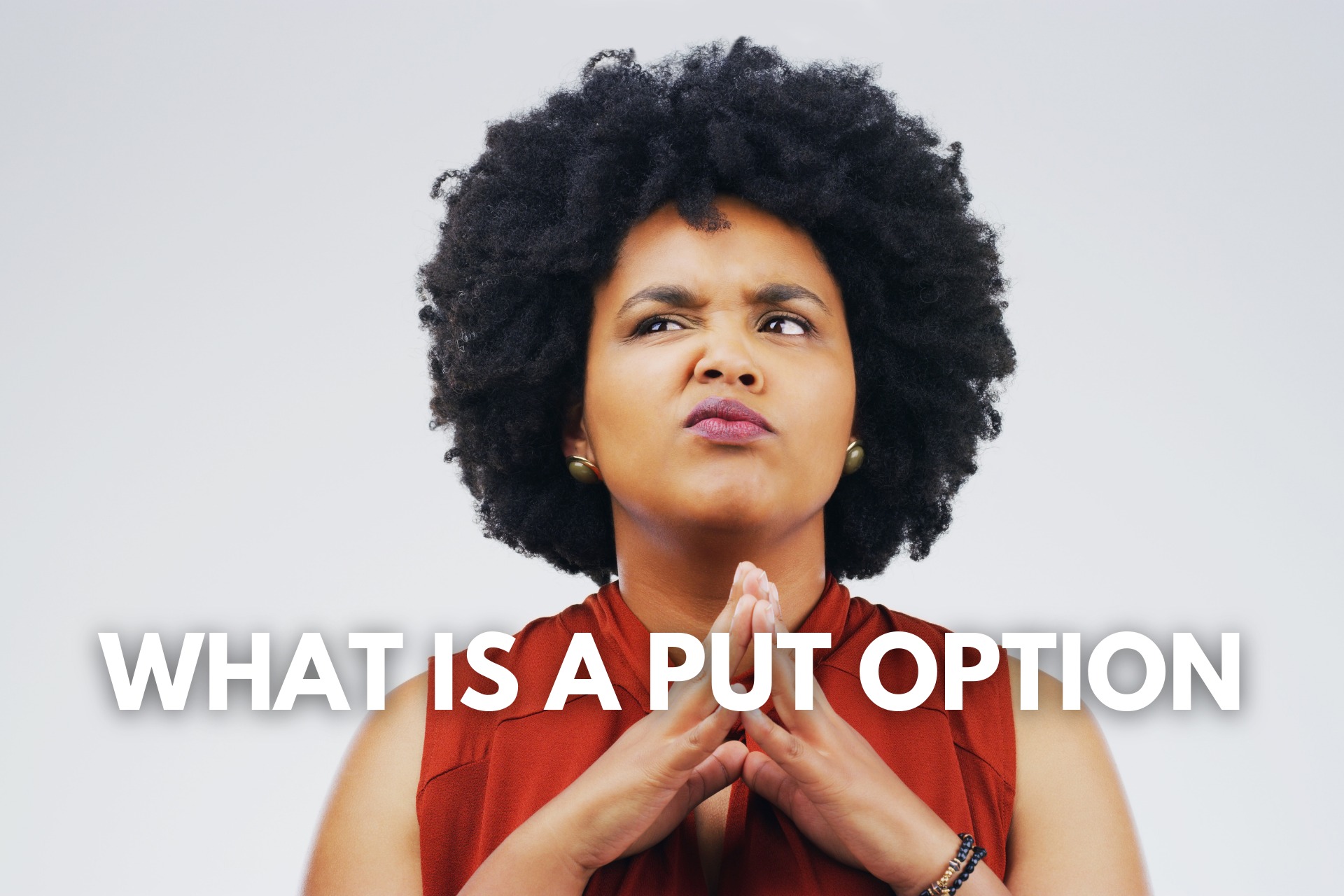If you are considering selling a stock, you might be wondering, “What is a put option?” A put is an option that you can buy or sell, and it not the same as a short position in the stock. You must have money in your brokerage account to account to purchase a put. The risk associated with a sell is that you may face a margin call, so be sure to keep some cash in your account before buying or selling a put.
A put option is a financial instrument that changes in value in direct opposition to change in stock price. When the price of the underlying stock rises, the put’s value decreases. When the price falls, the put’s value increases. However, unlike a call option, the put option’s price do not change dollar for dollar with the change in stock price. Instead, they change based on the “delta” of the underlying security. For example, a long-at-the-money puts has a delta of -50%. This means that if the price of the underlying decreases by $1, the at-the-money long puts would make 50 cents per share.
A put option functions like an insurance policy against a steep decline in a stock’s price. When it expires, the holder can sell the put to collect the premium. In case, the premium would reduce the profit on the stock, A put option is not limited to stock investments, though. You can purchase them for banknotes, corporate bonds, commodity futures, currency exchange contracts, exchange-traded funds, and derivatives.
A put option is a type stock option that will guarantee you will never lose more than the strike price. You will pay a fee to buy the option, but you will not lose more than the strike price. The put option is purchased when the stock price is falling and the buyer is betting that the value will rise in the future. If the price of the stock does fall, the buyer can sell the option for a profit.
A put is a contract that will allow you to sell a stock for a specific until a certain date. Typically you will buy a stock at a discount, the sell at a higher price and the pocket difference. You will then receive a profit if the stock’s price increases. But it’s important to understand that you are able to profit from selling a put option.
A put option is type of contract that gives the buyer to sell a stock at specified price. If the stock drops in value significantly, the buyer can sell the put. The company must pay the premium to sell the put. If the stock drops by a lot, the investor can sell the puts. The risk of selling a put is the same as that if a long-term stock.
A put option is an option in which the buyer loses all of his or her investment if the price of the underlying security drops. Similarly, a call option is similar to a shock, but in this case, the buyer pays the premium for a stock and then sells it when the price drops. This is a good way to minimize the risk of taking a stock position. But make sure you know what you’re doing before making a decision.
Buying a put option is much simpler than buying stock or index funds. The only difference is that you must have money in your brokerage account. A call option requires you to buy the underlying stock at a fixed price. In contrast, a out option requires a buyer to sell a particularly quantity stock. A call will always cost you money than original investment. So, if you’re worried about the risk, you should consider selling a put.
A out option is an option that grants the owner the right to sell or his or stock at a predetermined price. In essence, the buyer of a put will pay premium per share. As a result, he or she won’t have to own the underlying stock in order to sell a put. As long as the stock the price stays about the strike price, the buyer of the put can make a profit.
A put option is an option contract where the buyer guarantees not to lose more than strike price. It is often bought as hedging strategy against and upcoming stock decline. The buyer realizes that the stock could be worth less at a later time, but he still pays the premium. A put option is also known as a short-term investment, since the buyer can sell it at any time to realize a profit or minimize a loss.
A put is a good way to hedge your portfolio. A put gives you the right to sell your stock if its value falls below the strike price. However, if the stocks falls below this point before its expiration, you will lose your entire investments. In such cases, you can sell your option early to minimize your loss and maximize your profit. A put is not the same as a call, but it is similar to call.




